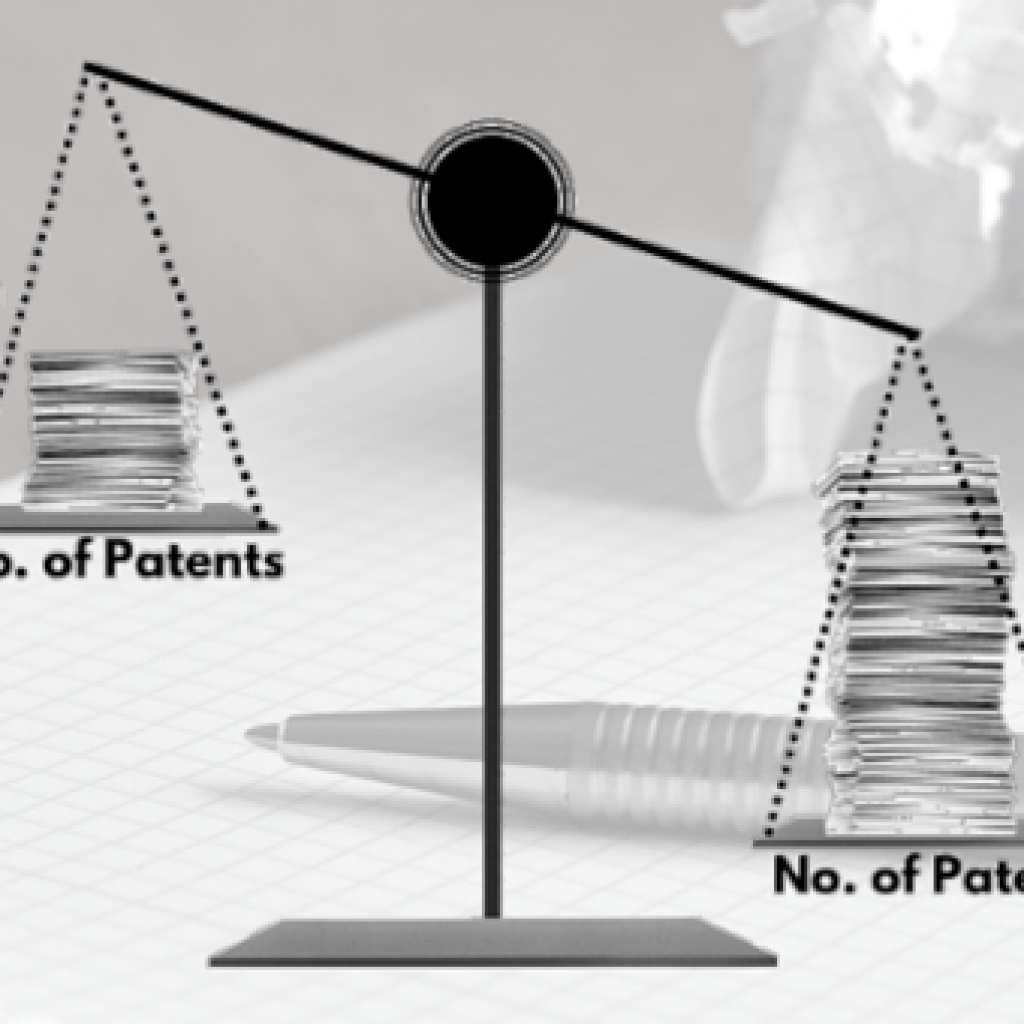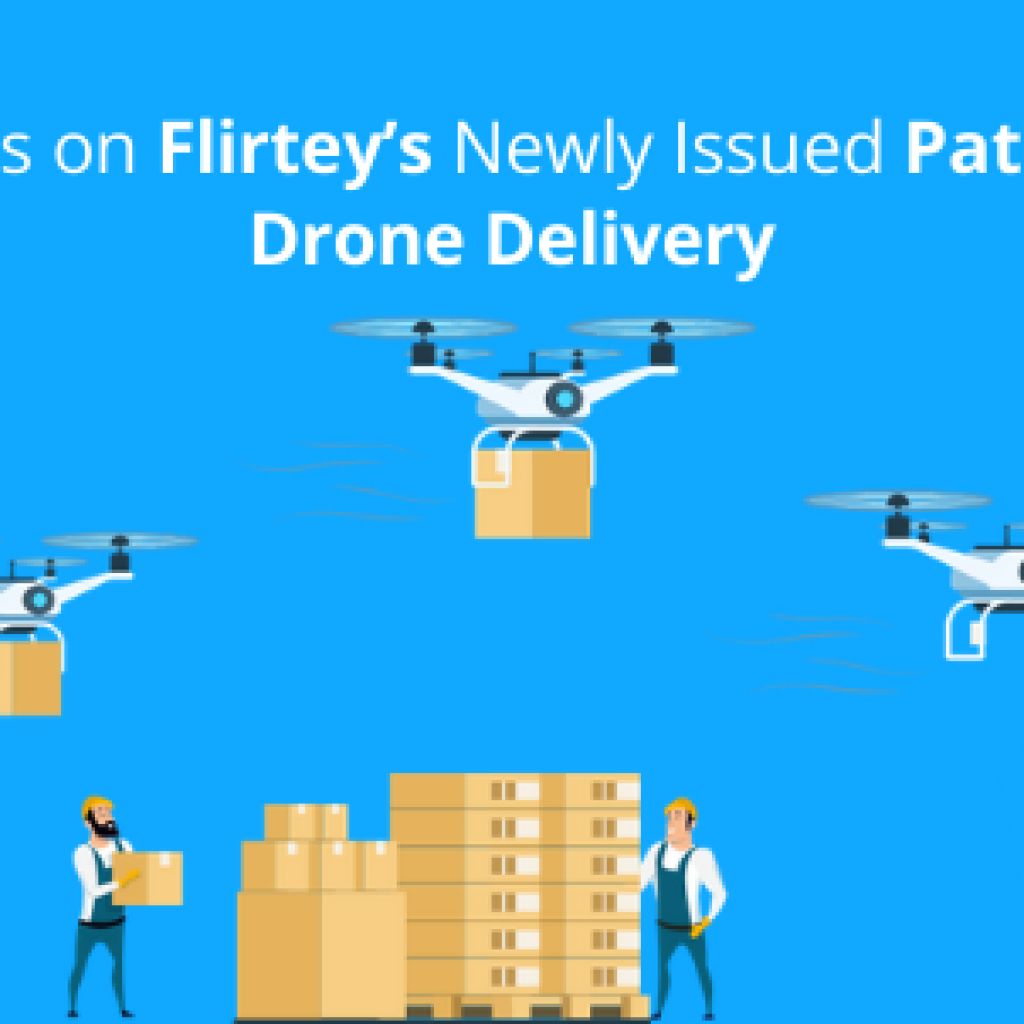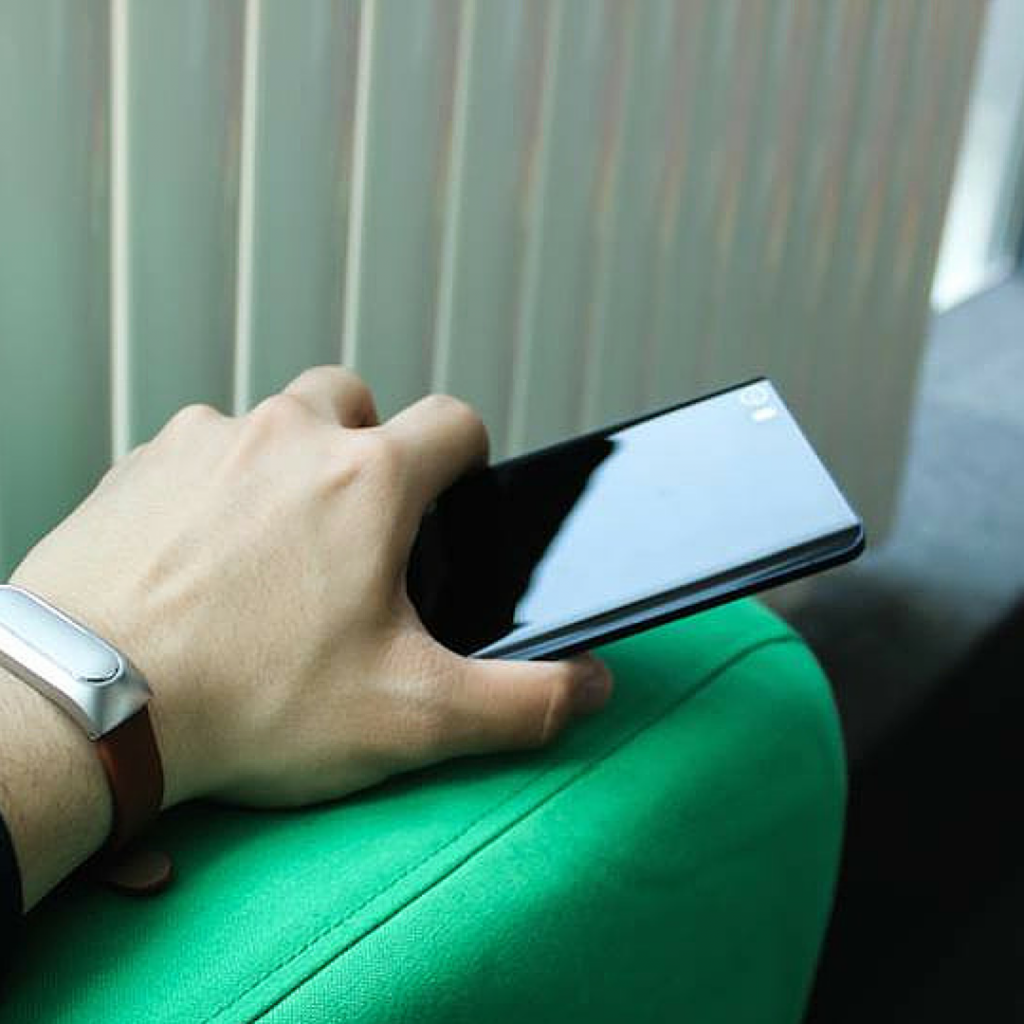“Our group would like to proceed with the initial search outlined to identify companies who could be infringing U.S. Patent No. XXXX971”, emailed Chris – Partner in a proclaimed law firm and a new client of ours.
Chris had recently realized that a patent drafted by him and assigned to one of his clients in 2015 might have great potential. Though his business is focused on the prosecution, he always makes himself available as an outside counsel for his clients (mostly SMEs). He keeps giving them suggestions on how they can make their presence stronger in the market via IP.
That’s what is his value add and his clients love him for this. [we love working with such people, they are curious, energetic and go beyond to give value to their clients – same like us :)]
Coming back, he told us he was reviewing a client portfolio and found that one of the patents might be used by companies in the market. So he wanted us to conduct a detailed infringement analysis for the same.
The patent was related to online advertisements. The party owning the advertisement has an interactive element in its ad (like a game). Once a customer interacts with that game, their contact information is sent to the ad owner.
Interesting concept right? So was our research.
Hold onto your hats ‘cos I am going to take you through the heck of a roller-coaster ride that it was!
Our first step? Groundwork Analysis!
We started with the groundwork analysis. It not only helps us in understanding the patent but can also help us find the right direction to tread on.
So, we began with Phase 1: Defining the scope of the claim elements.
In this case, Chris had quite a knowledge of the patent. Well, he himself drafted the patent and was super smart. He was thorough with the claim elements, and with his claim interpretation, we moved ahead with defining the scope of the claim elements.
As soon as the scope was defined, it was now time for our next phase: Identifying a list of potential infringing application areas.
We believe in digging deep into the basics of the technology rather than using keywords to find literature. Especially since the patent was hardly a decade old, we figured that the technology must be ubiquitous. Hence, it is easier to find its application areas through a precise digital search.
So we set on our search to find potential application areas of the patent. While going through the search results, a video of an advertising giant caught our attention.
What was in the video that got us intrigued?
Well, let me phrase it like this – the video provided us a gateway to a bunch of companies that were utilizing the patented technology. That was not it. The video made us realize that we are limiting the scope of our claim element.
How’s it making any difference, you ask?
Well, imagine limiting a 5G patent to just telecom while it can also have an application in Automobile or MedTech. Wouldn’t that be an act of sheer folly?
So, we decided to backtrack and look at the ways to broaden our scope.
Redefining claim element interpretations
We reconsidered the claim element interpretations.
Considering the initial claim interpretation, the ad feature provided additional information whenever a user starts browsing a web page. That, however, had a narrow scope. Whereas, considering that it provides information when the user is either browsing the web page or an application made the scope of the claim element broader.
The table below provides a clear picture of how the scope of detailed claim element changes with the change in its interpretations –
| Claim Element | Interpretations | Scope of the claim element |
| Delivering additional information should be performed in a manner that the browsing session of a user is not interrupted. | When a user is browsing a web page | Narrow |
| Delivering additional information should be performed in a manner that the browsing session of a user is not interrupted. | When the user is browsing a website or an application and clicks on an ad, he is redirected to a new webpage on the same website/app i.e. the browsing is not interrupted. We believe this can be broadly interpreted to be in the scope of the target element. For example, we share how company X’s application works and net similar products that will also come under the scope if we go by the suggested interpretation. | Broad |
With its wide scope, we believed that the second interpretation was the best for us. So we updated Chris regarding the same and he too was in accord with us.
Therefore you see, when we say claim elements can come in handy, we mean it.
Once the application areas were discovered and the claim’s scope was broadened, we kickstarted the third phase: Identifying the most relevant literature.
That’s when our rollercoaster took a very interesting turn
Our search for online literature was no Bueno. With the scarcity of available online literature, we were stuck in the middle of nowhere. TBH, it felt akin to being stuck in the middle of a desert!
We finally decided to opt for Product Testing. But even that decision came with some hiccups. With 2 products in hand, we had to treat them both in a unique way.
For both the products, we knew we needed to show the overlap as per the US-based location. To see if the interface works the same in the US, we started with changing our IP location to the US. However, the process for both products was different. Let me explain.
Product 1: We made a purchase through an online platform where ads are shown in the form of sponsored products. Though we didn’t find any effect on the overall working of the process after changing the location, we also managed to arrange screenshots from our acquaintance in the US to leave no stone unturned.
Product 2: We understood the algorithm and the working of ad settings. We started building our ad history to come across the required result. Eventually, we started receiving the ‘lead ads’ which assisted us in finding a complete overlap.
Similarly, we performed product testing for various other e-commerce sites and found astonishing results.
Do you know what we found?
We found that giants like Facebook, Amazon, etc. were completely overlapping the patented technology and this increased the monetary value of the patent. At every step, we were constantly updating Chris about our findings and next steps. Its important for him to know what we are thinking about.
Moving forward with the procedure, considering Chris’s objective, we further assisted him in preparing a fine marketing plan for his patent.
Preparing a marketing plan that meets the client’s objectives
We started by highlighting the advantages/utility of the patent to potential buyers/licensors, etc.
How did we do that, you ask?
Well, we opted for various techniques like –
- Putting the spotlight on the already existing technology that complements his patent.
- Finding where the patent fits in the advertisement technology timeline.
- Studying how the patent US’971 acts as a blocking patent for a major player.
Guess what?
It worked out just perfectly, and we were able to refine the marketing portfolio.
After a thorough analysis, it was now time to deliver our complete report to Chris. After the discussion about both the products we tested, Chris was keen on knowing more about product 2 as it seemed they would be more willing to license his patent.
His curiosity made him go an extra notch before he approached the company and try hands-on product testing on a prominent company that we found. So to help him out we explained the proper working of the algorithm of the advertisements and also shared a sequence of screenshots from our device.
But he still wasn’t able to make it work. The results he got, showed another feature of the same application.
A setback?
Not for us. We are ready to explain further, in-depth, again and again, till the time Chris was satisfied. We arranged multiple calls, helping him change his ad settings and build up the ad history. Next, we helped him train the algorithm of the application in order to find lead ads.
We also arranged a call and demonstrated a screen recording to show how these ads appear when scrolling through the feed over the call. Eventually, he got a hold of it and was able to find the equitable results.
This seemed to solve his query and his inputs helped us reaffirm our suggested interpretation.
The ball was in our court. Not only did we find the right companies to target as potential infringers, but also refined the marketing plan of the patent along the way.
After all, what kind of contender sees the finish line and slows down? At GreyB we always finish strong.
Conclusion
Even today, whenever Chris gets stuck somewhere, he knows we are just a call away. Never hesitating to listen, dressed in a blue superman jersey, we’re ready to help him out in his queries. Ultimately, for us, there is nothing better than a satisfied and happy client. And we go above and beyond to have that.
This brings us to the end of the article, but hey, there’s no goodbye cos’ the ride never ends. You know why?
Because once you hop on you are always interested in knowing more. Plus, we are never too tired to stop. *Whispers* (We blame the adrenaline!)
Wanna continue the ride to a detailed infringement analysis? Read on our approach to patent infringement (and get notes on how to do a patent infringement analysis by yourself) and if you’re looking for more action here’s a nail-biting text-to-speech patent infringement case where we targeted Google, IBM, and Nuance as potential infringers.
Or if you wanna get behind the wheels and steer through our investigative approach to patent infringement.

Authored by: Gayatri Sharma, Market Research in collaboration with Jashanjit, Patent Infringement.









